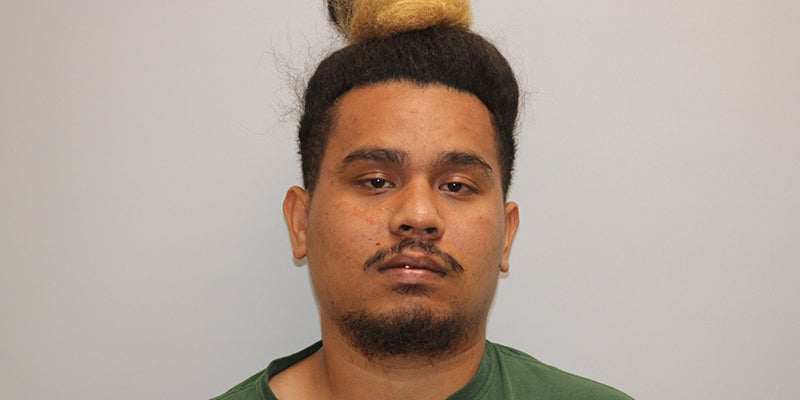Low-level drug offenders find new help
Published 9:18 am Monday, April 11, 2016
SEATTLE — When pondering how to keep low-level drug offenders out of jail, officials in Albany, New York, faced a challenge: How could they pay for a case manager to coax addicts onto the straight and narrow, sometimes by tracking them down on the streets?
The money turned up in a previously untapped source: President Barack Obama’s health care law, which by expanding Medicaid in some states has made repeat drug offenders eligible for coverage, including many who are homeless or mentally ill and have never been covered before.
The idea could make the joint federal and state health insurance program for the poor into a new tool for shifting addicts out of the criminal-justice system. Advocates hope to prove that the concept works, possibly paving the way for more cities to try it as an alternative to the drug war.
Many repeat drug offenders are “precisely the population Medicaid expansion was designed to cover,” said Gabriel Sayegh, co-founder of the Katal Center for Health, Equity and Justice, an advocacy group that aims to reduce incarceration rates and promote drug war alternatives. “Down the road, we see a path for case management and many other services to be supported by Medicaid.”
The notion of using Medicaid to steer people away from jails and into services that offer housing, job training and mental-health or substance-abuse treatment comes at a crucial time for the criminal-justice reform movement. Incarceration numbers are making headlines. States are legalizing marijuana, and police departments hammered over questionable shootings are trying to reconnect with the public they serve.
“This shows the community we’re willing to try different things,” said Albany Police Chief Brendan Cox. “This just makes all the sense in the world.”
Albany’s efforts and others have been based on a highly touted Seattle program called Law Enforcement Assisted Diversion, or LEAD. Launched in 2011, it aims to keep people out of prison by focusing on those who use a disproportionate share of public resources by repeatedly getting arrested or seeking care at emergency rooms.
Instead of booking those addicts or prostitutes into jail, police contact program employees, who meet with the offenders and try to enlist them in social services. That can mean getting them a pair of shoes or a bus pass to help keep appointments; buying them groceries until they obtain food stamps; providing short-term housing or even paying for yoga, art supplies, utility bills or college classes — whatever the person needs.
Unlike in drug courts, participants are not kicked out or threatened with jail time if they relapse.
“They know we’re out there struggling,” said Jerald Brooks, one of the original participants in LEAD. “Sooner or later, you start to do a little better.”
Following a White House summit about Seattle’s program last summer, dozens of cities are considering whether to follow suit. Santa Fe, New Mexico, launched its version in 2014. Albany began its pilot program this month, and Baltimore, Atlanta and Fayetteville, North Carolina, are expected to launch versions next year.
Medicaid “makes it not crazy-expensive to do this,” said Lisa Daugaard, director of Seattle’s Public Defender Association and a top proponent of LEAD.
In cooperation with the Katal Center, Seattle’s program just opened an office to guide other jurisdictions through the process.
Evaluations in Seattle have shown that LEAD participants were up to 60 percent less likely to be arrested than a control group. The program also saves money on criminal-justice costs, but it still takes money to start such programs.
Before the Affordable Care Act, low-income adults with no children living at home were largely shut out of Medicaid. The law expanded Medicaid to cover people making up to 138 percent of the federal poverty level, or nearly $16,400 for a single person.



